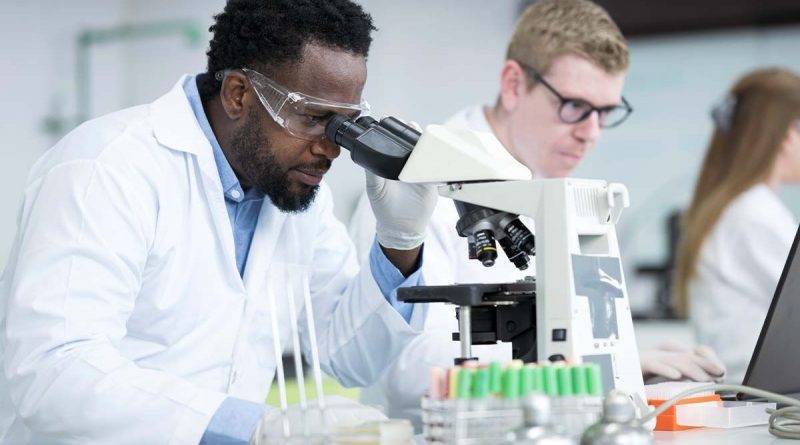New approach could identify pancreatic cancer before it develops
This Morning: Dr Zoe explains symptoms of pancreatic cancer
We use your sign-up to provide content in ways you’ve consented to and to improve our understanding of you. This may include adverts from us and 3rd parties based on our understanding. You can unsubscribe at any time. More info
Early cancer detection can significantly improve treatment outcomes and prognosis. Worryingly, pancreatic cancer doesn’t often show symptoms until the later stages. However, new research suggests that a biomarker approach could help spot the deadly condition before it even develops.
While symptoms are usually the first red flag that can alert you to something being wrong, diagnostic strategies could help identify the condition before signs appear.
Now, a study, published in the journal Science Advances, suggested that a new approach could pick up the condition before it forms.
A research team at Duke Health has identified a set of biomarkers that could help distinguish whether cysts on the pancreas are likely to develop into cancer or remain benign.
These findings mark an important first step toward a clinical approach for classifying lesions on the pancreas that are at highest risk of becoming cancerous, potentially enabling their removal before they begin to spread.
READ MORE: Persistant cough is sweeping through the UK – expert on simple remedies to ease symptoms

If this approach proves successful, it could decrease the chances of developing pancreatic cancer, which is notorious for silently growing before being discovered.
Symptoms like the whites of your eyes turning yellow, loss of appetite, changes in bowel habits and back pain could all appear but they are often hard to spot.
Senior author Peter Allen added: “Even when pancreas cancer is detected at its earliest stage, it almost always has shed cells throughout the body, and the cancer returns.
“That’s why we shifted our focus to these precancerous cysts, known as intraductal papillary mucinous neoplasms, or IPMNs.
Don’t miss…
Persistant cough is sweeping through the UK – simple remedies to try [LATEST]
Blend of nine herbs could offer significant reductions in blood sugar[STUDY]
Brittle nails and dry skin could signal an omega-3 deficiency [INFORMER]
“Most IPMNs will never progress to pancreatic cancer, but by distinguishing which ones will progress, we are creating an opportunity to prevent an incurable disease from developing.”
The research team used a sophisticated tool called digital spatial RNA profiling to observe specific areas of the cyst.
Previous methods to characterise IPMNs have been less precise and have not been able to identify particularly accurate markers of cancer risk.
However, this method allows for individual groups of cells to be analysed.
READ MORE: Brittle nails and dry skin could signal an omega-3 deficiency – risk of heart disease

This approach enabled the researchers to identify a host of genetic mutations that both fuel and potentially suppress pancreatic cancer development.
Allen said: “We found very distinct markers for high-grade cell abnormalities, as well as for slow-growing subtypes.
“Our work now is focusing on finding it in the cyst fluid. If we can identify these unique markers in cyst fluid, it could provide the basis for a protein biopsy that would guide whether we should remove the cyst before cancer develops and spreads.
“Pancreatic cancer is on the rise and, if the current trajectory continues, it will become the second-leading cause of cancer death in the United States in the next few years.”

How to prevent pancreatic cancer
Unfortunately, pancreatic cancer isn’t always possible to prevent but certain lifestyle habits could help reduce your risk.
When it comes to your diet, the NHS recommends cutting back on the amount of red and processed meat, like ham, bacon, and salami, you eat.
Trying to lose weight if you’re overweight could also see your chances fall, according to the health service.
Furthermore, quitting smoking and cutting down on alcohol are non-negotiable when trying to reduce your risk of any cancer.
Source: Read Full Article
